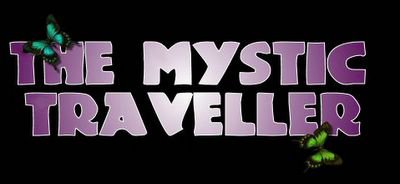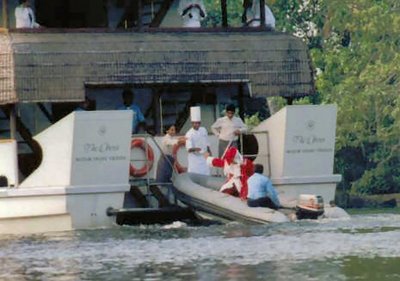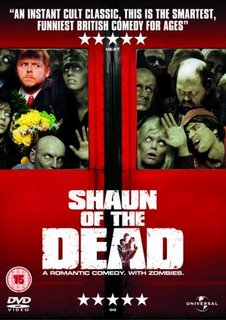Smoke Screens of the Modern Age
Today was the big opening. Gentleman, who I presumed were the owners, dressed in fine suits and chatting on their mobiles, stood outside. The salon, which had been the home to hairy bottom-bearing builders for the past month and a half, was now home to new clientèle, waiting to get their hair snipped, blown, dyed and permed. Certainly, if I had hair myself, I may even have found myself drawn by the hypnotic power of the modern-looking design of the shop. Indeed, the six plasma TVs in the shop window, that unrelentingly played scenes from a movie about skiing, was certainly tempting. However, it occurred to me that I was getting duped by the razzmatazz. Do six beautiful TVs really mean that I would get a better cut than if I went to a salon that does not have these TVs? The answer, of course, is no.
The nature of the modern consumer world we now inhabit, is entirely about image. Certainly, those six flashing screens, mirrored marble walls and neon lights have absolutely no bearing on the skill of the employees within. Whilst the superficial dressing may well entice initial customers, the hairdressers' ability would be the final indicator on whether they returned or not.
Everywhere you look today, we are bombarded by imagery to invoke certain emotions about a product being offered. The reality is that we are being tricked into believing that one product is better than another through manipulation of colour, smell and design. Brand managers are playing a game of smoke and mirrors, convincing us through dressing that one product is better than another, even though the product may in fact be the same. This brings to mind my stalwart friend at university, Tesco's Value Beans, which looked and smelled the same as Heinz, but cost 20 pence less. I could live with a less glamorously designed tin, as long as the contents managed to fill my stomach.
Medicines, drinks, news channels, clothes, restaurants, cars... the list goes on and on, all using design to manipulate us into thinking that the product is something we need. We are told that some products can even make us "cool", whatever that adjective actually means. I have always been baffled at the promise that drinking a red can of fizzy fruit and vegetable extract can somehow make me become a "cooler dude" than I already am. Or, that a pair of denim pants embroidered with a familiar brand name are any more helpful in enhancing my life than that of another cheaper company. It's all smoke and mirrors.
Sadly, we now live in a world where the game of politics has, more so than ever, become a game of image and deception; where policy must be packaged to become palatable and even fashionable, however despicable it may be. The build up to the Iraq war, with all the spin and falsehoods that led us there, is perhaps the saddest example.
We have become Alice in a Wonderland, trying desperately to discern what is genuine, good and necessary. Many of us can't help but to follow the trends and brands that pummel our minds incessantly. And like the zombies in George A. Romero's Dawn Of The Dead, some of us spend countless hours wandering banally through malls in search of products we have been told we need.
There are some though, who have awakened to the bombardment and are asking, 'Why?'
















